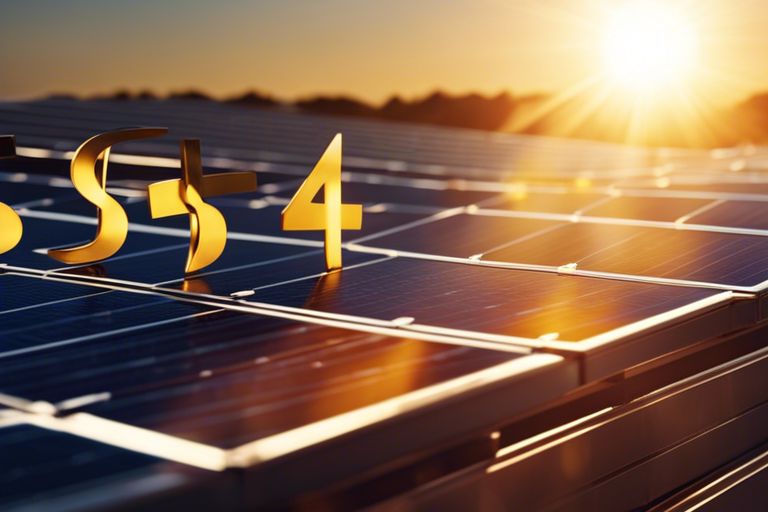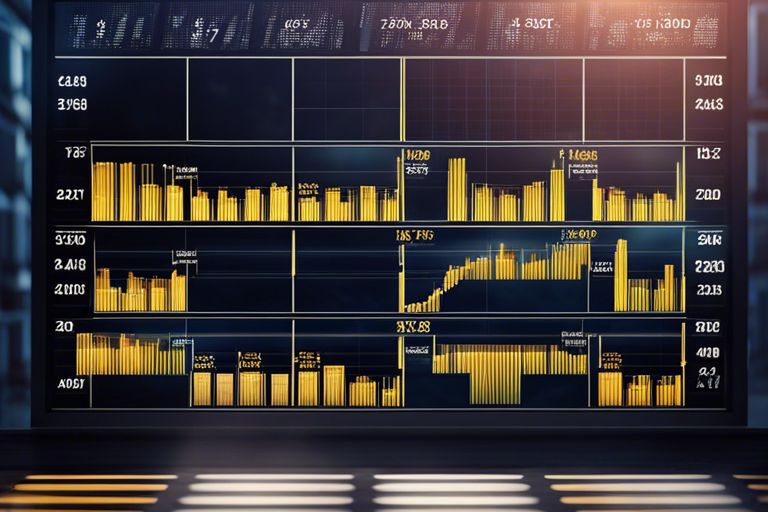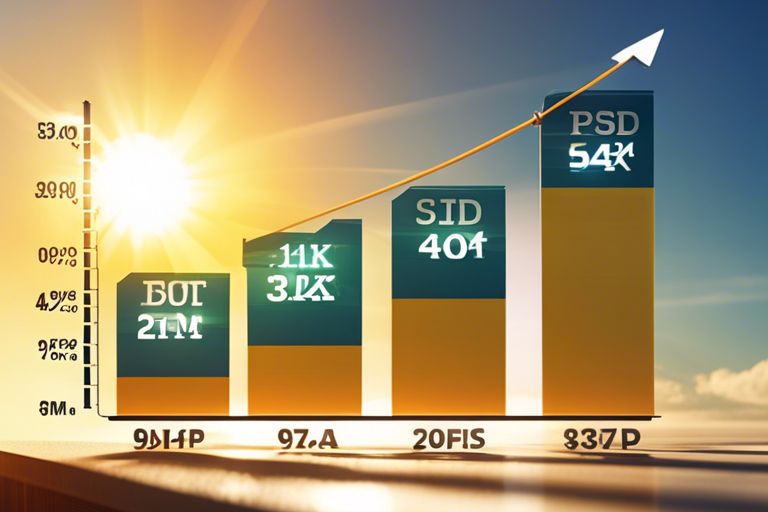How many years does it take for solar to pay for itself
Most homeowners considering solar energy wonder how long it will take for their investment to pay off. Understanding the payback period is crucial for making an informed decision about switching



